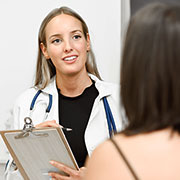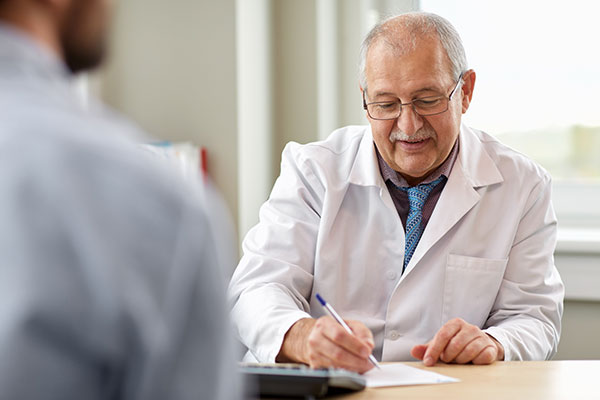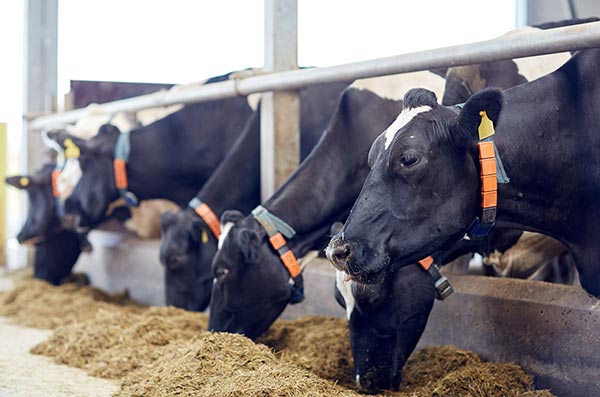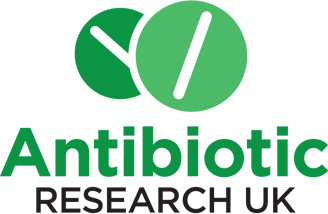About Antibiotic Resistance
Antibiotic resistance is where the bacteria that cause infections become resistant to antibiotics. It is a global catastrophe that threatens the lives of millions of people around the world if we don’t act now.
We are often exposed to bacteria that can be harmful to our health. This could be during medical procedures, such as dental work to organ transplantation, cancer therapy to hip or knee replacements. It can also happen when we injure ourselves, even through a simple scratch, or are exposed to a contaminated environment. As bacteria become increasingly resistant to the effects of antibiotics so the number of deaths will increase because of this. Resistance is a global health disaster that is already killing over 1,270,000 people a year, and it is predicted to cause 10 million deaths per year by 2050 if the current situation is not improved.
Resistance is a global health disaster that is already killing over 1,270,000 people a yearFigure from The Lancet (2022)
Antibiotic Research UK’s mission is…

To fund research into new antibiotic therapies and alternative treatments for infections.

Educating the public and professionals on how to prevent antibiotic resistance.

Supporting patients and people affected by resistant infections.
Find out more about the world of bacterial infections and antibiotic resistance below.Please consider making a donation to help us create a safer world, not only for ourselves, but for our children and grandchildren.
What is a bacterial infection?
An infection is caused when harmful bacteria grow in an uncontrolled way anywhere in the body, causing damage to cells and tissues and excreting toxins. There are various ways our immune system can fight off bacteria, but these do not always work; sometimes we need antibiotics to take care of infections.
Sepsis is a serious condition resulting from the presence of harmful bacteria in the blood or other tissues and the body’s response, potentially leading to the malfunctioning of various organs, shock, and death. Currently, around 46,000 people die from sepsis in the UK every year. The first-line treatments for sepsis are antibiotics – if these don’t work because of resistance the infected person can die.
Discover the common infections that affect people and can become resistant to antibiotics, and more on superbugs. Find out more about bacteria in the human body, the different types of bacteria that exist, or infections and sepsis.
Currently, around 46,000 people die from sepsis in the UK every year.
Antibiotics
Antibiotics are medicines that destroy bacteria or inhibit their growth. They do not work for fungal or viral infections, which is why they should not be prescribed for most coughs, colds or the flu. We aim to educate people about the important role they can play in preventing this global health catastrophe.
It can cost billions of pounds and take many years to produce a new antibiotic, and resistance to new treatments can arise very quickly. This means many pharmaceutical companies would rather focus on developing other treatments, which have better profit margins. We’re committed to helping fund the development of new antibiotics and alternative therapies.

Antibiotic-resistant bacteria in healthcare
Hospitals are frequently affected by antibiotic-resistant bacteria. This is partly due to the combination of:
- high volume of people (often carrying harmful bacteria)
- heavy use of antibiotics
- reliance on strict hygiene practices that are sometimes not adhered to.
This is why hospital-acquired infections account for a large proportion of infection outbreaks. Many people in healthcare settings will also have a weakened immune system, making them particularly susceptible to the serious effects of an infection.
When a strain of bacteria becomes resistant to the antibiotics used to fight it, it becomes difficult or even impossible to treat. It is also possible for bacteria to pass the genes for resistance on to other strains or even species of bacteria.
That is why we are committed to funding research into new antibiotics and treatments, as well as educating the world about how to prevent antibiotic resistance. We are also dedicated to providing support for people affected by resistant infections.
Find out more about antibiotics and resistant bacteria in healthcare.

Antibiotic resistance in the environment
Antibiotics and antibiotic-resistant bacteria can both be found in the environment. Research has shown that bacteria can survive and spread through contact and waterways. This means that the problem of antibiotic resistance can be easily spread to new places and environments.
Find out more about antibiotics and resistant bacteria in the environment.
Antibiotic resistance in farming
Antibiotics are used extensively within farming the world over. Livestock are often treated for bacterial infections with antibiotics, but they are also used preventatively and even at low doses to promote growth in some countries. Both antibiotics and antibiotic-resistant bacteria from farming practices can contaminate the food chain or local environment.
Find out more about antibiotics and resistant bacteria in farming.

